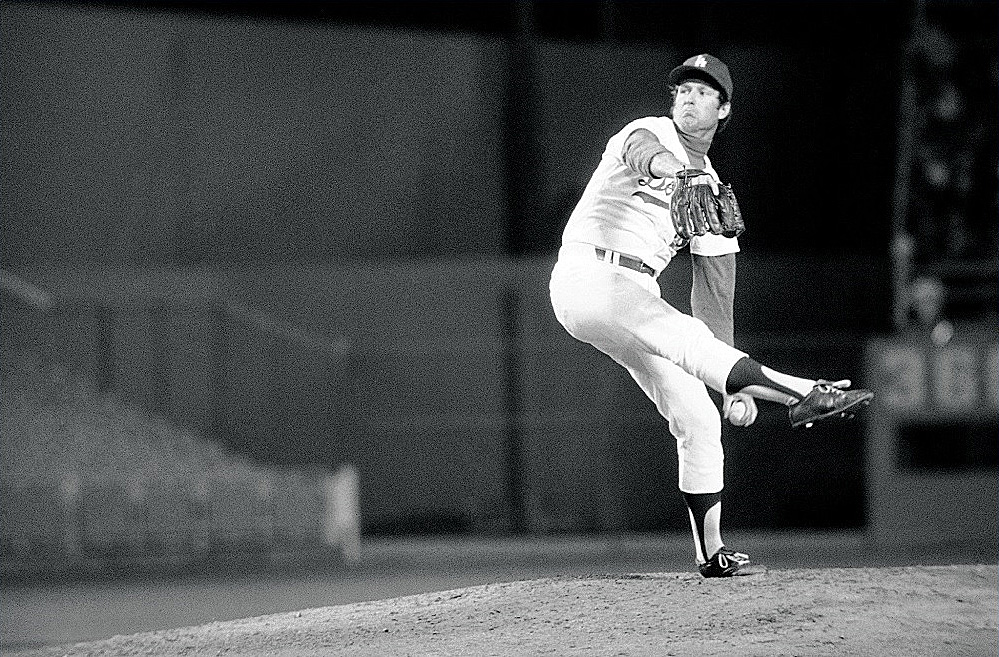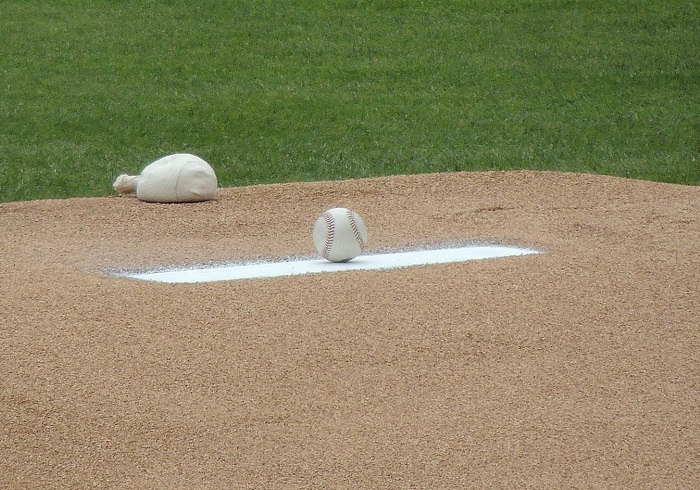The topic of interest over the last few days has been centered on rules changes being considered by MLB and the Players Association. That speaks volumes about the status of the game today with the snail’s pace of free agent signings and trades, but it is what it is.
Over the last several seasons the idea has been floated that MLB should consider lowering the pitcher’s mound, or perhaps even moving it further from home plate than the traditional 60’- 6” in order to generate more offense in the game. ESPN reported that there is a proposal being considered to form a joint MLB and Players Association committee to study the effects of changing the mound height and/or distance and report back the findings before the end of this year.
This is not a new concept, if you recall, MLB lowered the mound after the 1968 season in order to generate more offense at a time when pitching was dominating the game.
It worked before, so why not make the change now?
Science has come a long way since 1968. In fact, Tommy John did not have his now-famous namesake surgery until 1974, so the physical effects on pitchers’ arms, shoulders, backs, etc. can be intelligently and scientifically studied before making any changes to the mound.

In Jason Stark’s article, Move back the mound? MLB and players’ union are open to that – and more, in last Wednesday’s edition of The Athletic (subscription required), he referenced a study just published in the Journal of Science and Medicine in Sports (The influence of mound height on baseball movement and pitching biomechanics) with the following summary:
- Varying mound height does not affect performance (i.e. ball velocity, spin, break)
- Varying mound height may lead to small changes in pitching kinematics
- Lowering the pitching mound results in slightly lower fastball elbow and shoulder kinetics, which may have implications about injury risks.
- Other potential modifications, such as increasing pitching distance or altering the strike zone, are issues worth future study.
- Differences in pitching kinematics with varied mound height were small and may lack practical significance.
- Shoulder and elbow kinetics of fastballs may be slightly less with a lowered mound, which may possibly reduce the risk of pitching injury.
It would not be surprising if the mound height were lowered and perhaps even the distance from home plate increased for the 2020 season.

* * * * *




 February 9th, 2019 at 8:00 am
February 9th, 2019 at 8:00 am  by 0799291000348
by 0799291000348  Posted in
Posted in 

I can see lowering the mound height, which has been done before, (Is it still that low? Has it ever been raised since then?)) but moving it back and lengthening the distance to home plate? That would be a very big change.
According to the referenced study, lowering the mound height (the current 10″ has been the rule starting in 1969) will not effect “velocity, spin, or break,” so not likely to help hitters, but possibly reduce risk of injury to pitchers. Moving the mound further from home plate seems like the only alternative to improving offense. Scientific studies should be straight forward to determine effects of various distances. But, what will be the physical impact on pitchers? There may also be an unintended effect on stolen bases.
GREAT photo! I miss those old AP black & whites.
Please add to the effects of reducing mound height:
a) Fewer infielders making fools of themselves try to catch pop-ups in the middle of the infield.
b) Jon Lester finally learning how to throw to first.
If they move the mound farther away, mound visits would take longer (tongue in cheek).
Leave the damn game alone.